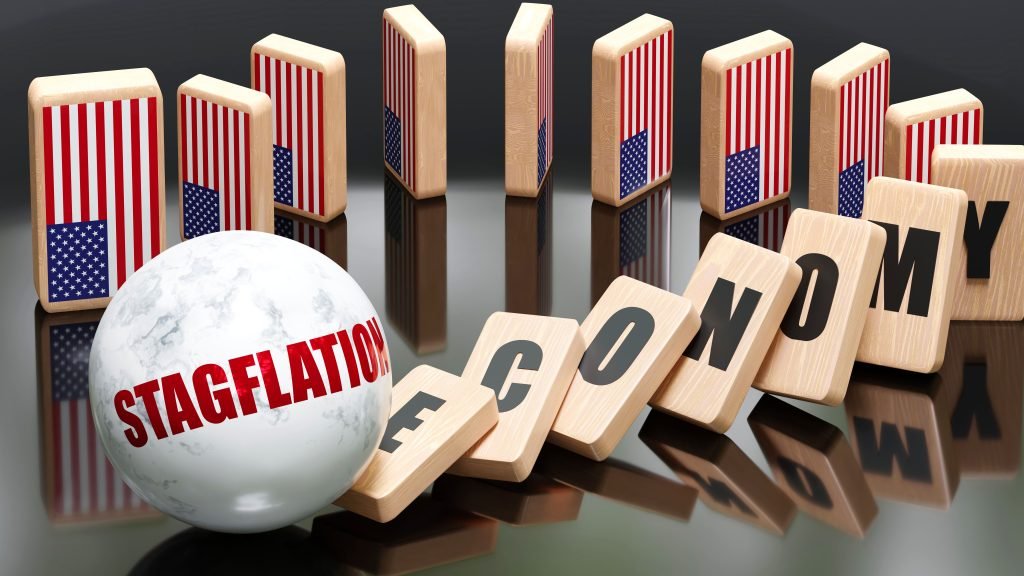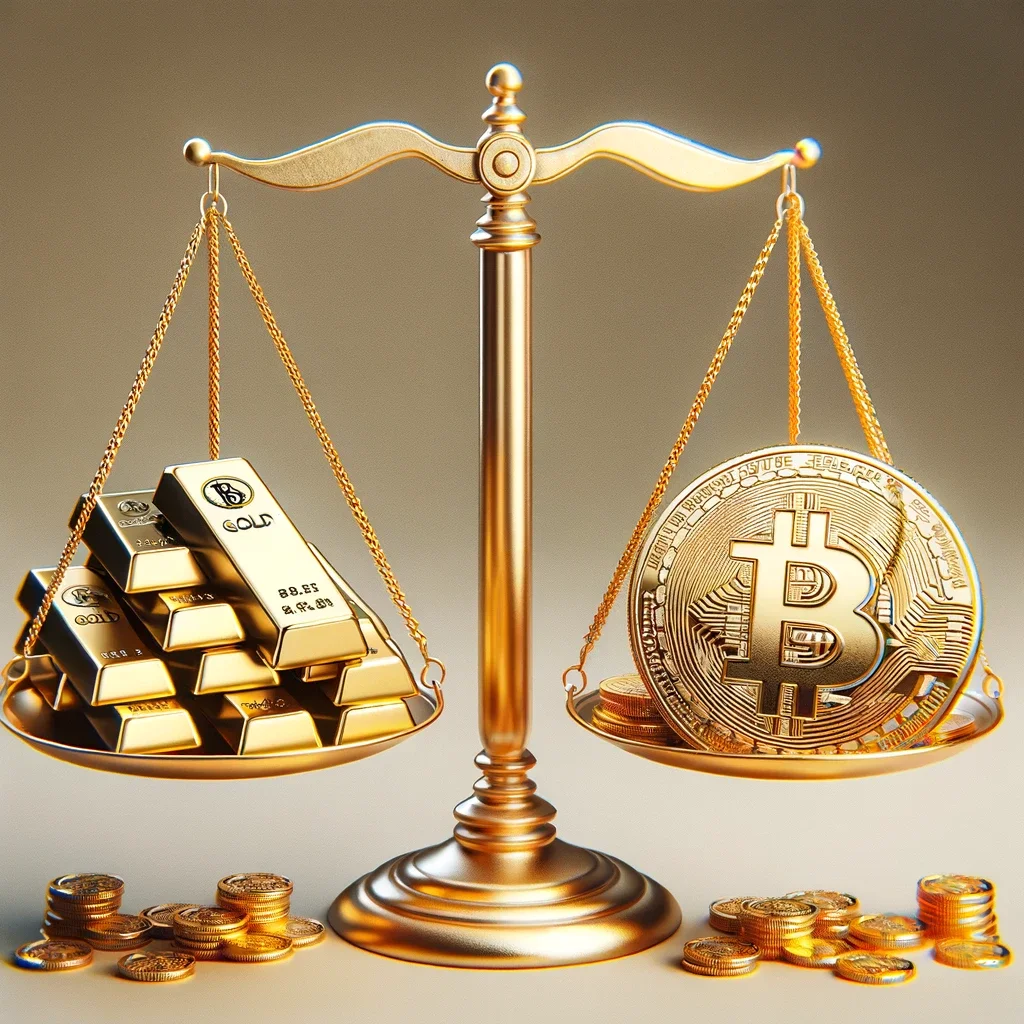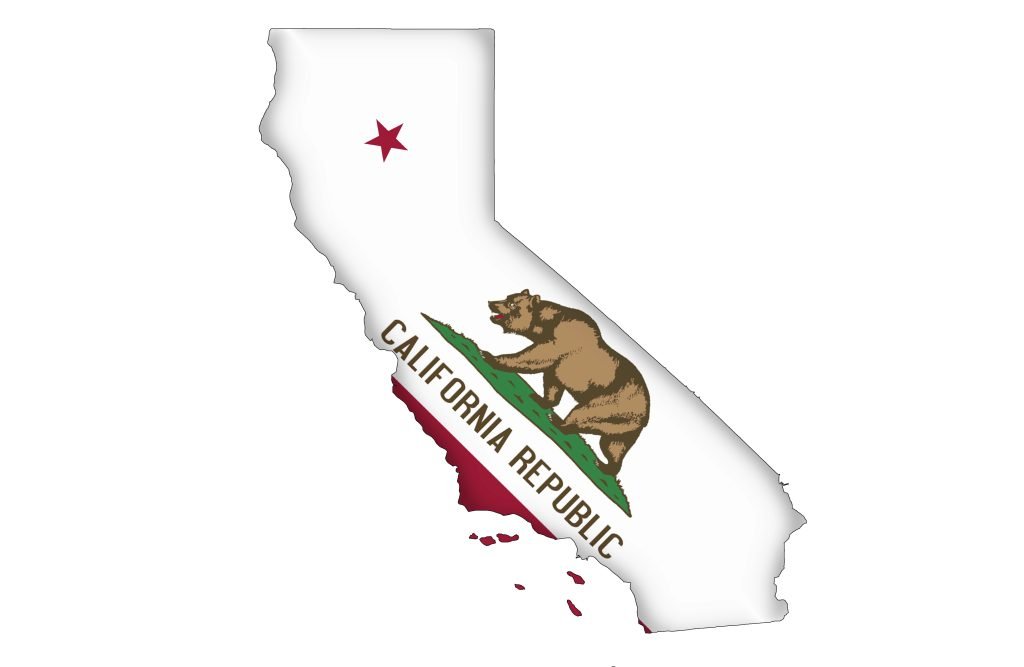February 9th, 2012
Santiago, Chile
After more than a decade of year-over-year appreciation, many people are wondering if gold is just another bubble waiting to burst. No commodity or asset class in our historical record has ever shown such long-term growth, and consequently the “B-word” is being tossed around regularly in financial media.
But is that all a bubble is– simply meteoric growth, seemingly with no end in sight? If so, let’s examine some other ‘bubbles’ in our society.
1) Number of people renouncing US citizenship: Four years of exponential growth. [Source: Bloomberg / IRS]
2008: 146
2009: 742
2010: 1534
2011: 2048 (estimate)
2) Number of Facebook users: Eight years of viral growth. [Source: Facebook]
August 26, 2008: 100 million
April 8, 2009: 200 million
September 15, 2009: 300 million
February 5, 2010: 400 million
July 21, 2010: 500 million
January 5, 2011: 600 million
May 30, 2011: 700 million
September 22, 2011: 800 million
February 4, 2012: 845 million
3) Number of Americans on Foodstamps: A disturbing, tragic long-term growth trend. [Source: USDA’s Supplemental Nutrition Assistance Program]
2007: 26.3 million
2008: 28.2 million
2009: 33.5 million
2010: 40.3 million
2011: 44.7 million
4) Number of FBI/NICS background checks to obtain a firearm in the United States: Eight years of consistent growth. And baby, we ain’t seen nothin’ yet. [Source: FBI]
2004: 8.69 million
2005: 8.95 million
2006: 10.04 million
2007: 11.18 million
2008: 12.70 million
2009: 14.03 million
2010: 14.41 million
2011: 16.45 million
5) Number of requests the US government made for Google user data: 4 straight reporting periods of astounding growth. [Source: Google]
6-months ending 12/31/2009: 3,580
6-months ending 6/30/2010: 4,287
6-months ending 12/31/2010: 4,601
6-months ending 6/30/2011: 5,950
6) US federal government budget outlays: a never-ending growth trend of out-of-control spending. [Source: CBO, OMB]
2000 budget: $1.9 trillion
2001 budget: $2.0 trillion
2002 budget: $2.2 trillion
2003 budget: $2.2 trillion
2004 budget: $2.3 trillion
2005 budget: $2.4 trillion
2006 budget: $2.7 trillion
2007 budget: $2.8 trillion
2008 budget: $2.9 trillion
2009 budget: $3.1 trillion
2010 budget: $3.6 trillion
2011 budget: $3.8 trillion
7) And last but not least, US monetary base as of January 1st each year [Source: St. Louis Fed]
2001: $ 616.7 billion
2002: $ 673.7 billion
2003: $ 719.6 billion
2004: $ 756.8 billion
2005: $ 793.8 billion
2006: $ 825.2 billion
2007: $ 843.5 billion
2008: $ 851.4 billion
2009: $1,730.2 billion
2010: $2,010.1 billion
2011: $2,057.1 billion
2012: $2,647.7 billion
Ultimately, a bubble isn’t something whose price keeps going up. It’s something that is steadily expanding, supported by nothing but hot air.
The exponential growth in Facebook users (or other digital platforms like Skype, Angry Birds, etc.) is underpinned by perceived value… not hot air. The growth in FBI background checks and firearm sales is underpinned by legitimate consumer demand, not phony speculation.
The growth rates in US citizenship renunciants and US government Google user requests are equally underpinned by a legitimate (though unfortunate) trend of declining liberty. This is certainly not hot air.
The value of gold is as an anti-currency– a rejection of the fiat system in favor of something more tangible that cannot be conjured out of thin air. This is not a bubble. It’s a simple causality. And as long as the trends in #6 and #7 above hold, a continued rise in the gold price is supported.







